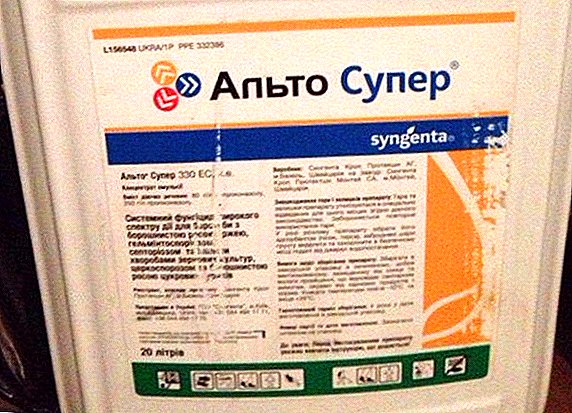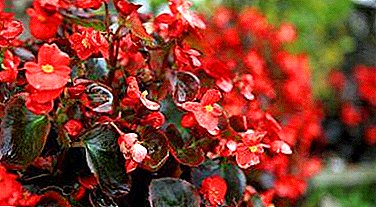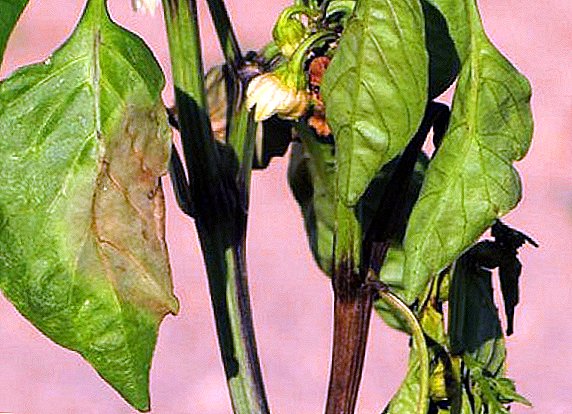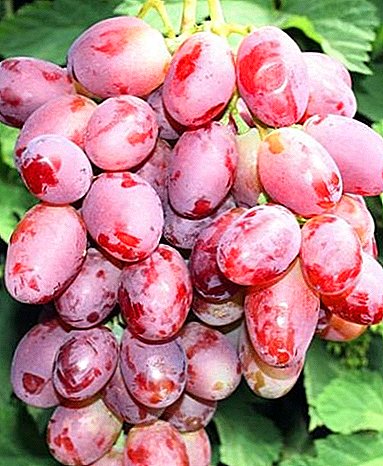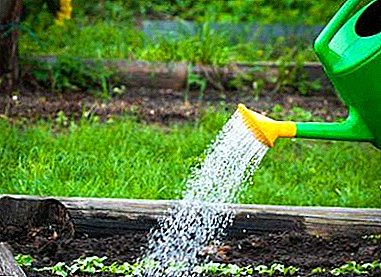
Radish one of the first in the garden gives the crop. This vegetable is rich in calcium, magnesium, phosphorus, sodium, iron, fiber, and also contains vitamins B1, B2, B5, B6, B9 and PP.
Due to its early ripening and enormous benefits, radish is deservedly an excellent means of fortifying the body after winter. Another important factor is that he is not at all whimsical in growing.
This article describes in detail how often you need to water this vegetable at home, in the open field and in the greenhouse to get a good harvest.
The importance of the procedure
Radish watering should be very demanding.. She loves moisture, so you need to water it regularly. It is important not to overdo it - an excess of moisture leads to the fact that the roots are cracking and rotting. And from insufficient watering radish poorly formed and bitter.
The choice of watering can
It is best to choose a watering can, which will have a small strainer-divider. Radish root system is shallow (about 15 centimeters). With the help of such watering can you can water the crop without fear of washing out the root zone of the plant, since the water supply will be gentle.
What water to use?
But in the summer, when the weather is particularly hot and dry for a long time, you can allow watering with cold water.
What can moisten the soil so that radishes grow faster?
 Determine the type of feeding is necessary only by the appearance of the plant. Radish, which grows and develops normally, does not need any additional feeding.
Determine the type of feeding is necessary only by the appearance of the plant. Radish, which grows and develops normally, does not need any additional feeding.
What supplements can be used to feed radish:
- If the leaves grow actively and the roots remain small, it means that there is not enough potassium and phosphorus in the soil. To do this, in 10 liters of water dissolve 40 grams of superphosphate, 20 grams of potassium sulfate and 1 cup of ash.
- If the leaves of the radish become pale, then the plant must be fed with nitrogen. To do this, in 10 liters of water dissolve 1 teaspoon of urea (nitrogen fertilizer) and pour radish. As a rule, one feeding is enough.
The use of radish feed does not imply additional soil moisture - it should be done during normal watering.
Novice gardeners are often faced with the misconception that the quantity and quality of the radish grown depends only on top dressing. But in fact, this stage is just as important as proper planting, soil moistening, loosening, etc.
How often to carry out the procedure after landing?
For root crops to develop normally, be smooth, large and juicy, watering should be regular and sufficient.
The first time the soil is moistened immediately after sowing, using a watering can with a special strainer-divider (so as not to wash out the seeds) and warm water. It is important that the roots get enough moisture.. To do this, water during irrigation must penetrate to the desired depth.
At first, the radish is watered to a depth of about 8 centimeters, and when root crops are already beginning to form, up to 15 centimeters. You should know that some varieties of radish root can reach 30 centimeters, so before planting you need to familiarize yourself with the features of the available seeds.
Radish loves watering. But it is not necessary to re-moisten the land, as well as to allow it to dry out.
Step-by-step instruction
Consider the features of watering radishes, depending on growing conditions.:
- At home Water the radish on the windowsill should be regular, but do not allow waterlogging or drying out the soil. It is recommended to use water at room temperature. When sowing, when the container for growing should be covered with a film or glass, the soil is moistened with a spray bottle. And after the emergence of shoots, you can use a small watering can. After moistening the soil around the plants need to loosen.
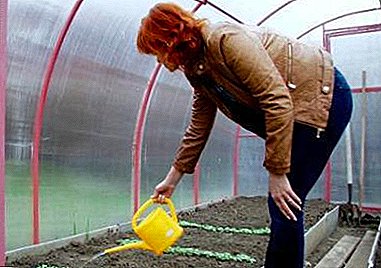 In the open ground usually watering radish is done every 2 days. But in the summer, when the soil dries out quickly due to heat or wind, it should be moistened daily and sometimes twice a day. For watering using warm water.
In the open ground usually watering radish is done every 2 days. But in the summer, when the soil dries out quickly due to heat or wind, it should be moistened daily and sometimes twice a day. For watering using warm water.- In the greenhouse watering should be carried out as the soil dries. Under greenhouse conditions, radishes can be watered once every 2-3 days, and on particularly hot days - daily. It is recommended to sprinkle the soil periodically with peat or humus (layer thickness should not exceed 1 centimeter). It will allow to hold moisture in the earth longer. Also, after each watering you need to slightly ventilate the greenhouse, because of the high humidity of the radish can get a black leg.
Garden radish is a culture, care of which is not difficult even for a novice gardener. The high rate of ripening of the root allows you to get quick results when grown. A rich chemical composition leaves no doubt as to its benefits for the organism as a whole. All this makes radish indispensable in any garden.


 In the open ground usually watering radish is done every 2 days. But in the summer, when the soil dries out quickly due to heat or wind, it should be moistened daily and sometimes twice a day. For watering using warm water.
In the open ground usually watering radish is done every 2 days. But in the summer, when the soil dries out quickly due to heat or wind, it should be moistened daily and sometimes twice a day. For watering using warm water.

